
My journey through Kerala, in India’s deep south, with its humid colonial cities, intricate network of canals, breezy hill stations, and every imaginable shade of green, has made me a believer of its self-styled motto as “God’s Own Country.”
I began my trip in Kochi, formerly Cochin, the hub for tourism throughout the state of Kerala. Kochi’s history as a large trading port dates back centuries, even before the more recent Portuguese and Dutch rule. This has left the city with a cosmopolitan flair that many other Indian cities would find difficult to match. This was the first city in India that succumbed to European colonialization. The main impetus for this colonialization was the massive cultivation of spices, and trade thereof, all along the Malabar Coast. During a half-day bike ride that I took upon arriving in Kochi, I saw the evidence of these former rulers in the architecture of many of the buildings in Fort Kochi. This not only helped me to acquaint myself with the old town, but it was also a smart way to beat the heat; the humidity in Kochi can be stifling, so zipping around on a bicycle can help keep you cool by cutting through that thick, muggy air. There are many local outfitters that can arrange for similar guided bike tours.
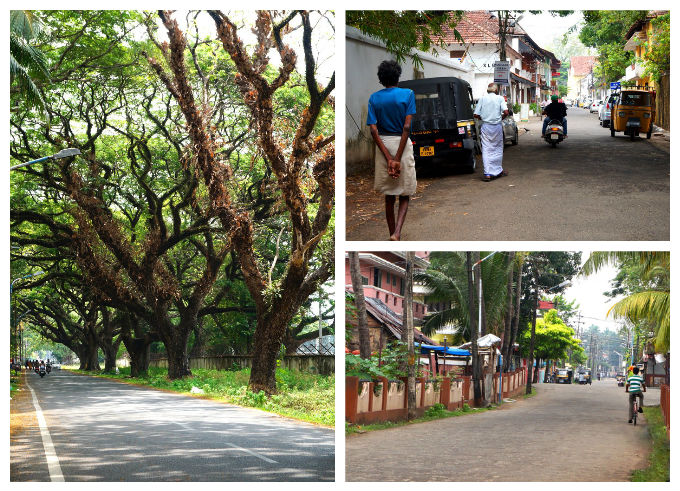
The streets of Fort Kochi can be described as downright sleepy, especially when compared to those in other Indian cities. Even the nearby Kochi district of Ernakulam, with it’s newer shopping malls, towering apartments, and hectic bustle stands in contrast to the old town. During the bike tour I made my way to the St. Francis Church, a colonial-era Portuguese church where explorer Vasco de Gama was originally buried before his remains were later transferred to Portugal in 1539. Be sure to check out the neat fanning system in place overhead to keep the worshippers cool during a sermon.
I then swung toward the coast where only a few of the original hundred or so Chinese Fishing Nets remain. Dating back to to 14th century, these nets are interesting to see for their historical merit but be advised that you will encounter dead fish when visiting, so a visit here can be skipped.
After that I visited a place that is much more to my liking—a local vegetable stand! All of the mainstays of Keralan cuisine were represented: eggplant, okra, gourds of all kinds, radish, banana flowers, drumstick (moringa), and of course, the mighty coconut.
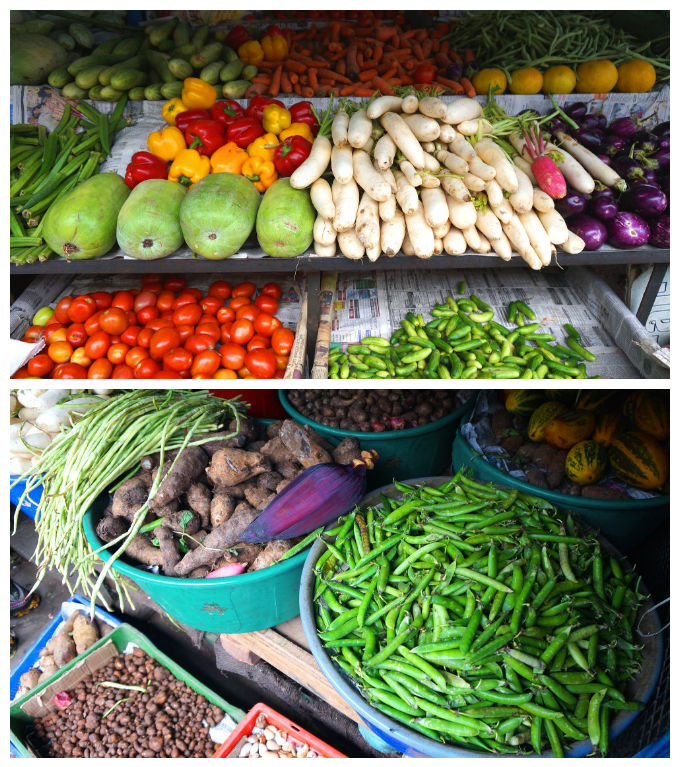
Coconut is the undisputed king in Keralan cuisine and nearly all dishes make use of it in one or more of its forms. Shredded coconut meat is added to many vegetable dishes and relishes. Coconut milk is used as a creamy base for fiery curries. Lastly, and most importantly for the vegan traveler, coconut oil is the predominant oil used to cook with here in Kerala, as opposed to the ghee that can render otherwise vegan dishes to become nonvegan in other parts of India. That is not to say that ghee is not used, it’s just that coconut oil is preferred and is more plentiful here. You may encounter some dishes that are finished with a tempering, or tadka, of spices in ghee, so always ask if you are in doubt.
Next came the shopping alley known as Princess Street, where you can find souvenir and textile shops as well as some natural cosmetic shops using local herbs and spices for soaps and essential oils. Some shops are womens cooperatives featuring fair-trade options, so it’s worth doing some research and using your purchasing power wisely. Although Kerala is unique in India because it is one of the wealthier states and ranks favorably for many measures like highest literacy rate and highest life expectancy, I think it’s always sensible to find ways to directly contribute to the local economy of women.
The last stop on my bike stroll was the Mattancherry Palace (Dutch Palace), a Portuguese manor built for the Cochin Rajas in the 16th century. Inside you’ll see some portraits of the Rajas as well as some of their interesting personal belongings on display. The main draw, however, is the spectacular mural art depicting vibrant scenes from the Ramayana and other Hindu works. Unfortunately photography is not allowed inside, but I can assure you that the murals inside are worth a visit.
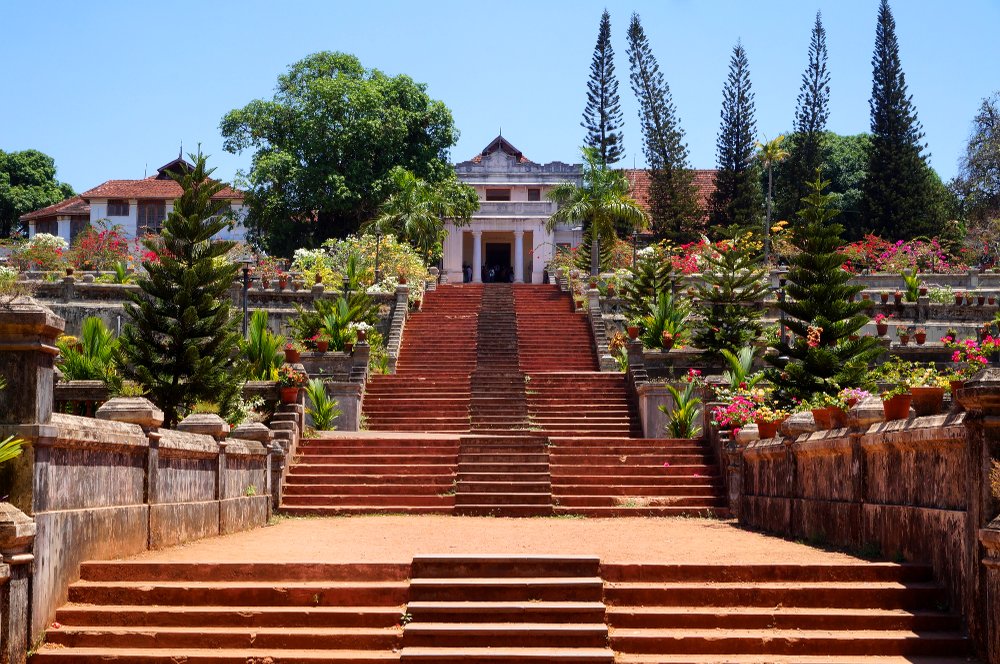
The Hill Fort Museum is a short ride away from the old town of Fort Kochi/Mattancherry but a visit is worth it to see this former Maharaja Palace and its exhibits, including the jaw-dropping Cochin Royal Crown and Jewels.
I woke up early the next day for my 4-hour car ride to Munnar, a destination I’ve wanted to visit for years. Due to my intrepid travel mentality, I originally intended to reach Munnar via the intercity bus. I am so glad I decided against it. Instead, the day before my trip, I decided to hire a driver/guide with whom I settled on a fair price to take me to Munnar and back in his car. After an hour of driving, I knew I made the right decision. The whole trip to Munnar is full of hairpin turns—the kind that require the driver to beep the horn upon approach to warn possible oncoming traffic! Thankfully, my driver was a Munnar native so he knew the road very well and drove at a sensible speed.
Another benefit of having a driver is that you can make stops along the way. He and I stopped at a small roadside restaurant and enjoyed some sambar for lunch before continuing on through the small but bustling towns en route. He asked me what sort of attractions I was interested in, then offered to take me to elephant or horse “preserves.” Not knowing the reputation of any of these places, I made it clear that I wanted nothing to do with animals. After we chatted more, he started to get an idea of what I was interested in and he promised that I’d like the next stop.
He was spot on. All along the route to Munnar you will see spice farms that offer tours and sell their own products, which are sometimes organic. We pulled up to one such farm and I took a short tour with one of the friendly guides who showed me all of the crops and explained their respective Ayurvedic applications. I then went to their small store where I, along with a few vacationing Northern Indians, bought bags and bags of spices like cardamom, pepper, cinnamon, nutmeg, and star anise. The quality was top-notch and as I returned to the car with the huge bagful of my loot, I gave my guide a thumbs up approval for bringing me.
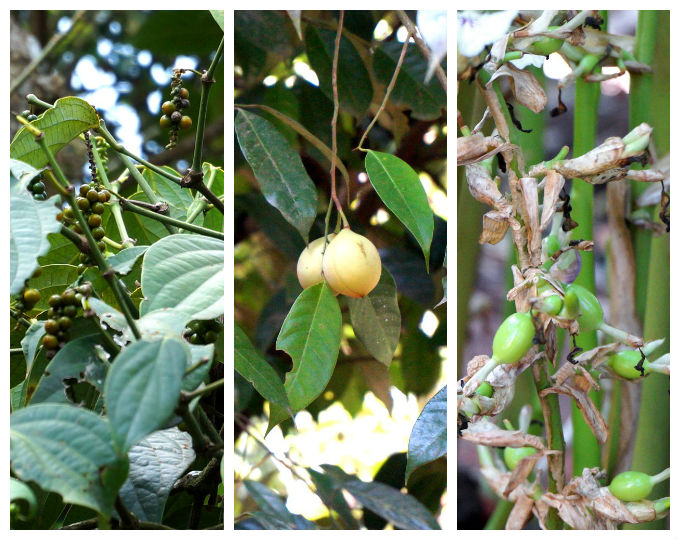
Pepper, Nutmeg, and Cardamom
As we approached Munnar, we turned the air conditioning off and rolled down the car windows. Whereas Kochi is sweltering and sticky, Munnar, due to its higher elevation, feels a world away with its mild and breezy climate. A small hill station deep in the heart of Kerala state, Munnar is the hub of extensive tea production that blankets the surrounding hills and valleys. For the British, Munnar’s agreeable weather reminded them of home.
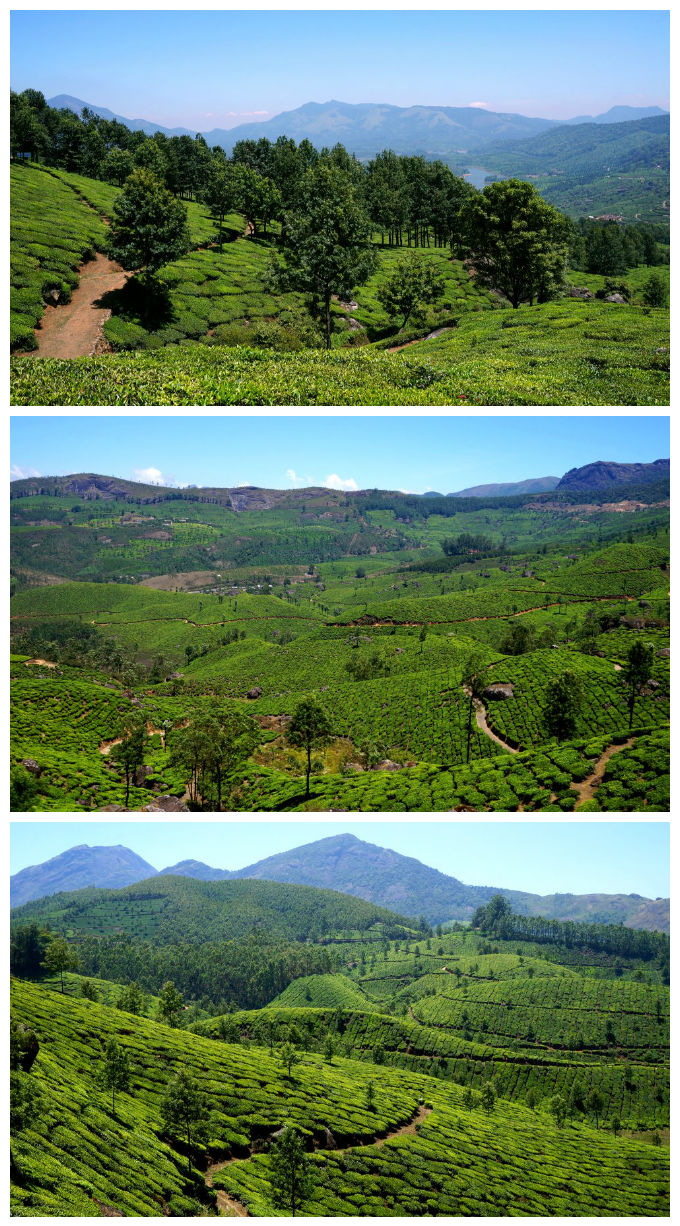
Yes, it is that green and that beautiful. Everywhere you look you are treated to these breathtaking views. Seas of intricately manicured tea gardens, slashed with narrow pathways, undulate through damp valleys and up precariously steep inclines.
One place to learn about the history of tea in Munnar is at the Kanan Devan Tea Museum, a short drive from the center of town. Inside you’ll find vintage photos of the gardens as well as a short video documentary about their history. Afterward a guide will show you the tea processing equipment that withers, cuts, and then sorts the tea leaves and finally packages them. For tea lovers like me, you’ll find the strong smell of tea inside the factory to be intoxicating. Afterward there is a gift shop where you can buy their teas for reasonable prices.
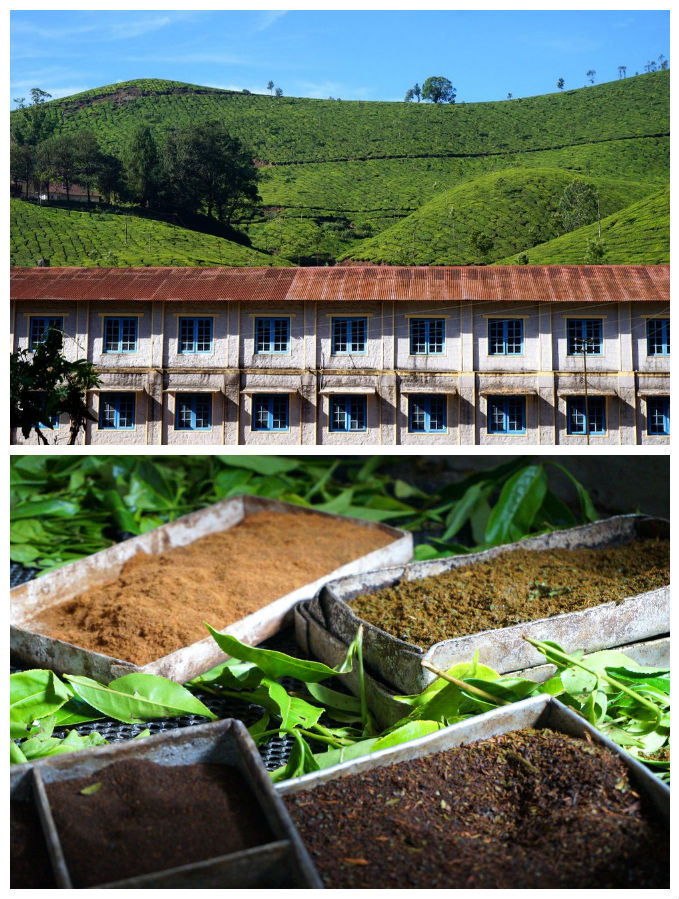
The next day I visited a botanical garden where I bought a small bottle of pure sandalwood oil, a revered oil in India with an earthy, woodsy scent. (I kept dousing some on my temples throughout my trip to India 🙂 ) I then made my way to the Mattupetty Dam, which in itself was skippable but it turned out to be fun because I made about 10 new friends by just walking around. The locals are very friendly and I assume they find that solo travelers are easier to approach.
I finished the day with an unforgettable trip to the Kolukkumalai Tea Estate, which claims to be the world’s highest grown orthodox tea. Orthodox refers to the way the tea is processed. In the case of orthodox tea production, the leaves are left intact rather than crushed, torn, and curled as is done in the more favored process in India, also known as CTC tea. I wrote a little bit about it in my vegan masala chai post if you are interested. My visit to Kolukkumalai was the highlight of my entire trip to India, mainly due to the stunning vistas and sublime tea tasting, but also because the ride up the mountain where the tea garden is located is a journey in and of itself. This place is really remote and can only be accessed by a 4×4 vehicle. The road is unpaved and incredibly uneven. Therefore, I cannot recommend a trip up there for anyone who has back problems, because the ride is unbelievably bumpy. But for those with an adventurous spirit that cannot resist the thrill, you are rewarded with a spectacular view of the Western Ghats and even the neighboring state of Tamil Nadu. And then there’s the tea…
Invigorating, deep, and fragrant, this tea is as crisp as the whispering winds at this high elevation. You can see the processing and sorting equipment inside the small factory if you’d like. I savored my scaldingly hot cuppa before beating a path to the vendor to buy as many bags as I could fit into my suitcase!
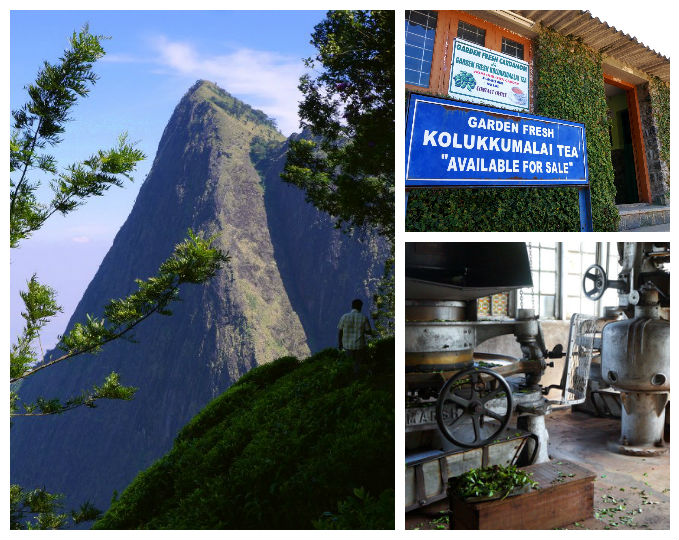
Being that this is a food blog, I suppose I should discuss some of the delicious dishes you will encounter in Kerala. As I mentioned before, vegans can rejoice because there will be plenty for you to eat. Dosas (thin, crepe-like pancakes), idlis (steamed savory little buns), and vadas (fried spiced chickpea flour dough balls) are all fair game. Just watch out for ghee—ask the restaurant/waiter. Other common dishes that shouldn’t present any problems are sambar (a mixed vegetable and lentil stew), rasam (thin, spicy soup–I actually have a recipe for rasam here), utappam (thick rice and lentil pancakes often topped with onions and chilies), and thoran (finely chopped veggies, often greens). The best way to sample many Keralan dishes is by eating a sadya, a feast of many small portions of different dishes, served on a banana leaf. The main portion is almost always Kerala Matta rice or Rosematta rice with a scoop of sambar and a few fried papadums. The other portions are most often the dishes I mentioned above but there are a few that you would want to watch out for.
Avoid aviyal (very often contains yogurt, the one I had below used mango for sourness instead), kichadi (cucumber and yogurt salad), and kaalan (thick yogurt curry). Anything that looks overly creamy can be avoided as it likely contains yogurt/sour milk or, as it is known here, curd. When in doubt, just specifically ask if there is any butter, ghee, or curd in a recipe. I did that and learned that the creamy looking portion on the top right of the picture included curd, so I simply ignored that and ate the rest.
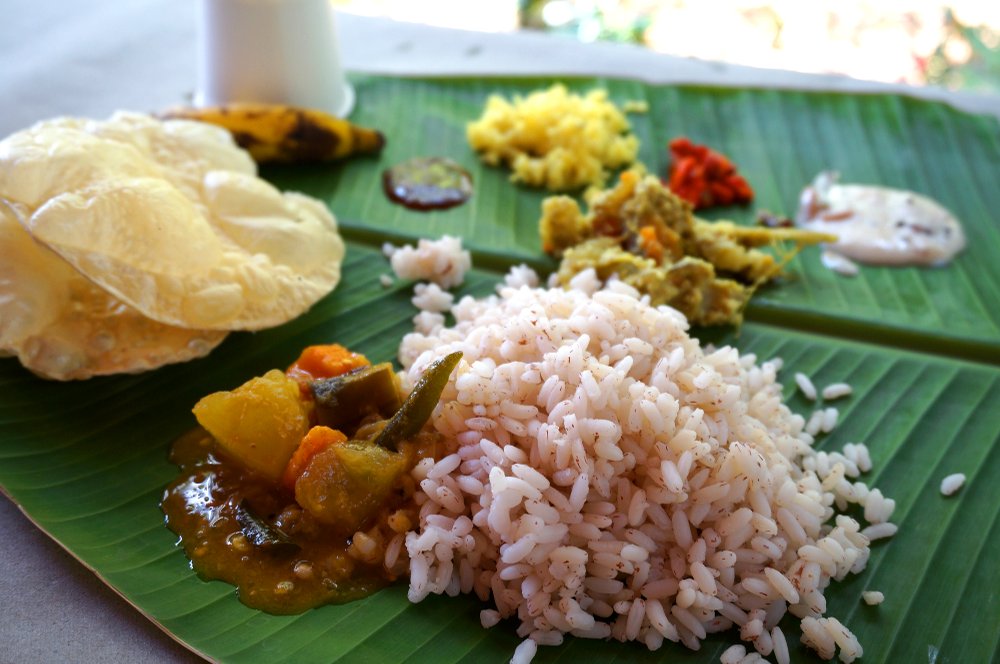
Before I left Munnar I just had to catch a performance of the famous, indigenous dance/theater known as Kathakali. In fact, I think that no trip to Kerala would be complete without witnessing this fantastic art form. A drama illustrating ancient Hindu mythology and epics, Kathakali is a calculated, precise, and sometimes frenetic dance in which the performers tell a story with only gestures, some as subtle as the movement of the eyes. The actors often go through intense training for years to perfect their roles. As you can see, the elaborate costumes and makeup are also truly dazzling. Most Kathakali theaters have a special pre-show where you can see the performers applying their colorful makeup. The performance is accompanied by music using drums and cymbals to slow down and speed up the pacing of the story.
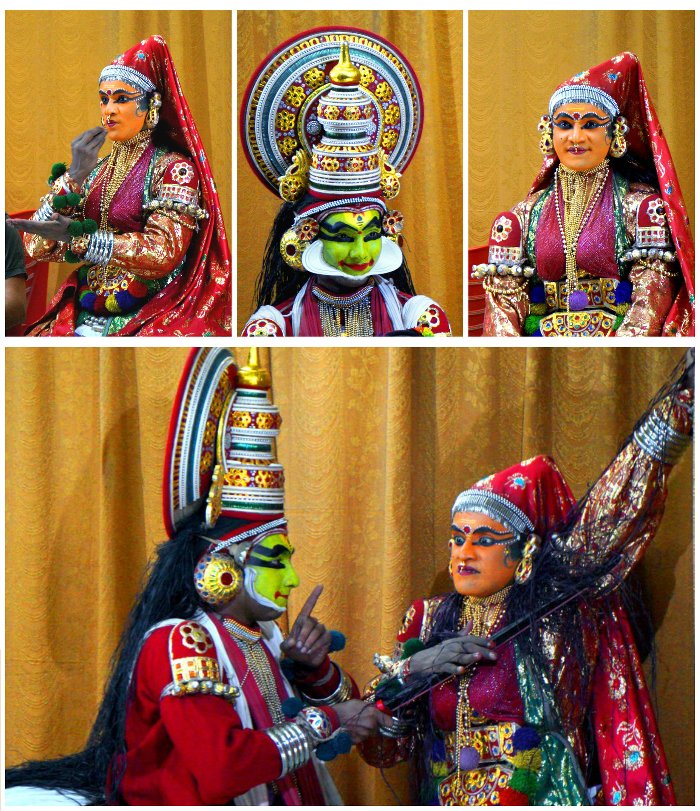
I had one more day to spend in Kerala so after returning to Kochi from Munnar, I made my way south to Alappuzha, or Alleppey. On the trip down I stopped at an Ayurvedic center for a quick, crash-course in this Indian traditional medicine. It was very interesting learning about the different doshas and how they affect the body’s physical condition. I was especially fascinated by all of the different topical oil treatments that are prescribed and I intend to do more research into that.
Then I stopped at a small weaving center where the workers were spinning thread and using looms to weave fabrics. Weaving centers throughout India are a relic of Gandhi’s Khadi movement that aimed to make India self-sufficient in clothing and textile production and free from foreign price gouging.
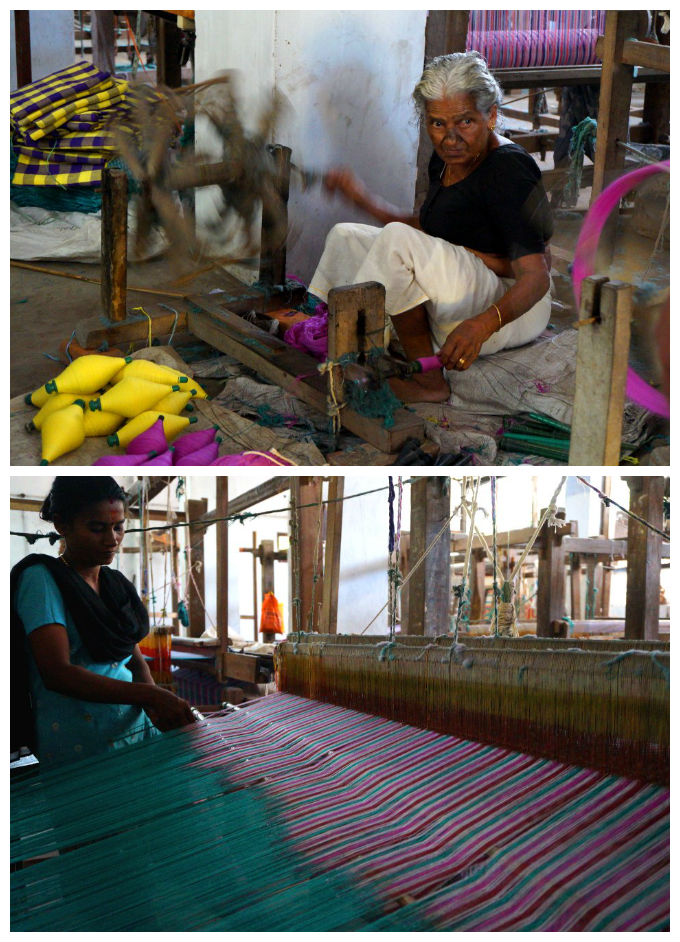
I reached the end of my Kerala journey in Alappuzha, famous for its massive network of lakes and canals known as the “backwaters.” If there is an instantly recognizable symbol of Kerala, it must be these lush and relaxing waterways. Used to transport people and goods, these serene backwaters are most often brackish but are also freshwater in some areas. They are always teeming with wildlife but you’ll also often encounter boisterously swimming children or mothers laundering their families’ clothes. A calming jaunt through these waterways heightens your senses and forces you to listen to the beat of Kerala’s heart: the trickling flow of water, the chirping of the hornbills, and the sway of coconut palms.
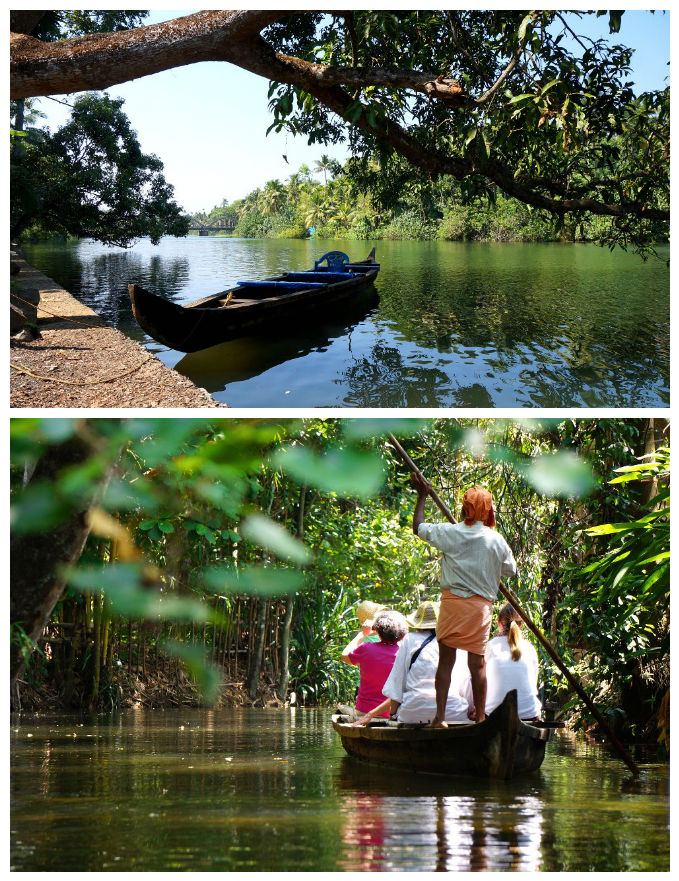
I left Kerala convinced that this land is rich in more than just coconuts. Indeed, I stand impressed by its treasures of cultural history, stirred by its wealth of diverse natural beauty, and quieted by its abundance of serene ambience.
Have you been to Kerala? If so, what were some of your favorite sights and experiences?
Check out this recipe, inspired by my trip: South Indian Sambar !

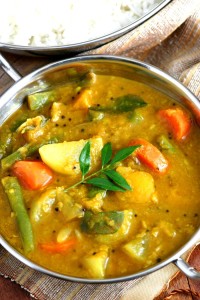
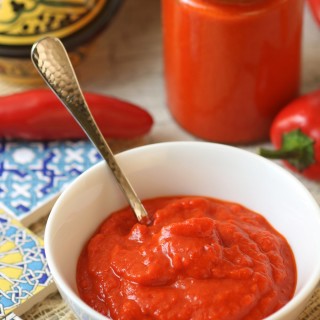
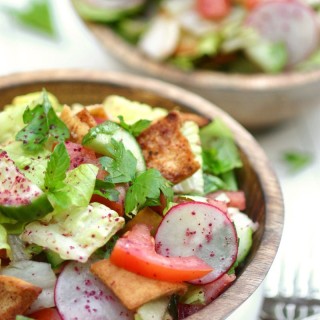
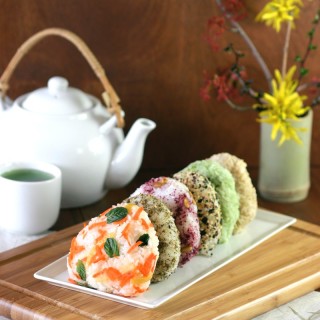
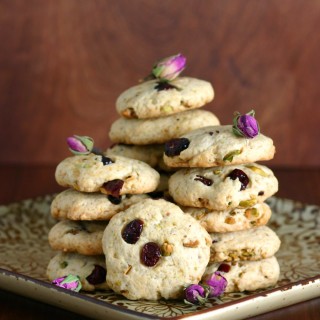
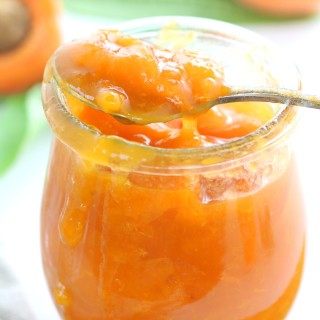
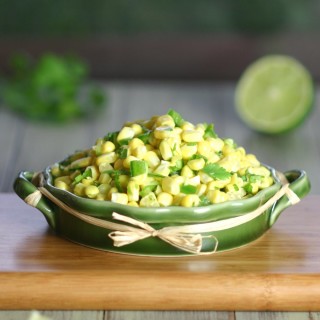
What a wonderful post, Omar! Kerala is one of my favorite places in the world, and it always makes me happy to read about it––this time especially because of your vegan perspective and beautiful photographs. I look forward to the recipe!
Thank you Erin! Such a lovely place to visit. Thanks for the encouragement! 🙂
Omar, I can’t wait to see your inspired recipes. Although I am not vegan or vegetarian ( I wish I were) I love seeing your recipes. I love your posts and I feel I can live vicariously through your travels.
Thanks so much Auryette, that’s so nice of you to say. The cool thing about vegan recipes is that anyone can enjoy them, including omnivores! Thanks again 🙂 🙂
I love your description and photos of Kerala. We almost made it there a few years ago, but had to cancel our plane tickets and accommodation due to a last-minute emergency. We’re determined to make it there in the very near future. For now, I have this post to motivate me! 🙂
Thanks so much Christine! I think you will love it. Heaven for an avid foodie like you! 😀
We plan to travel from Doha to Kerala in April, and so appreciate this post! We are plant-based, and our daughter is allergic to all forms of dairy, so it is helpful to know what, specifically, to avoid.
Thank you for your lovely website! We are expats here in the Middle East, and your recipes are inspiring.
Oh that’s great Sara! I hope you have a wonderful time. Kerala is such a mixed state that questioning about food and ingredients is not unusual. And, as always, follow the rule of: When in doubt, ask. If you can squeeze it in, do go to the tea plantations or one of the many spice farms! And for sure don’t miss a Kathakali performance!
Thanks for the kind words, please enjoy the recipes! 🙂
Beautiful photography capturing the verdant, mystical, welcoming land of Kerala. I’ve got roots here, and I feel as though you truly understand the area and represented it wonderfully!
Hi Lianne! Thank you sooo much for your nice comment…it made my day! 😀 😀